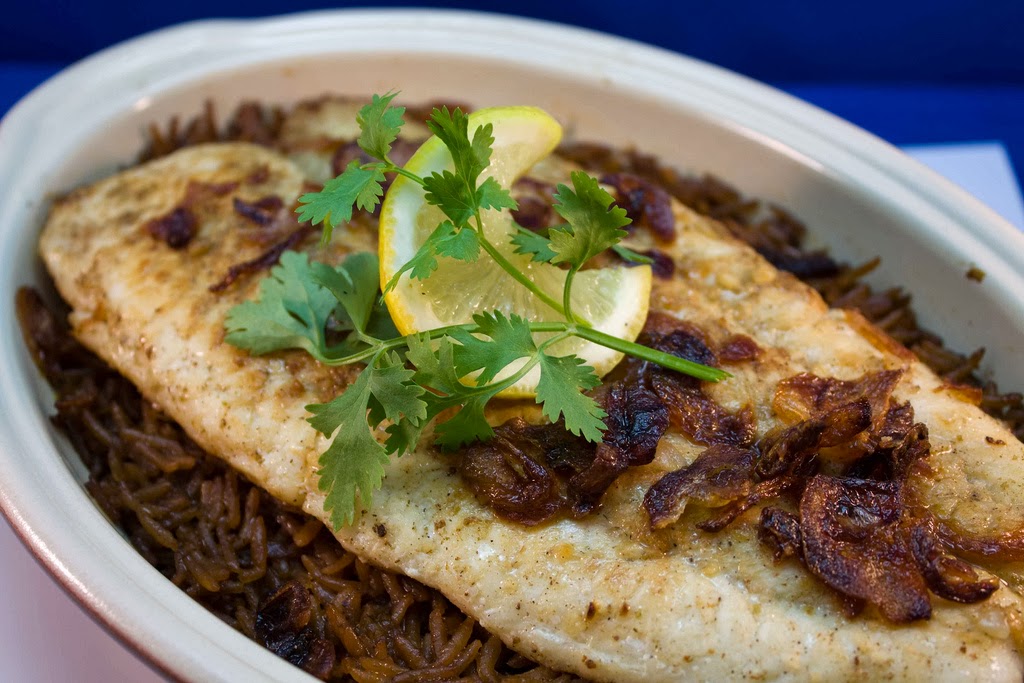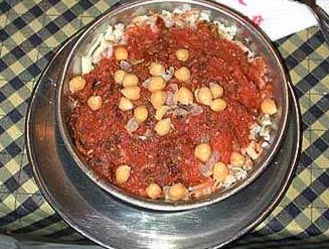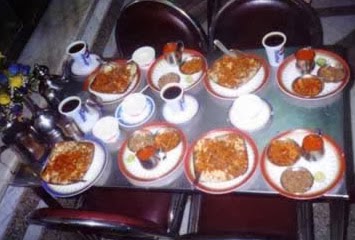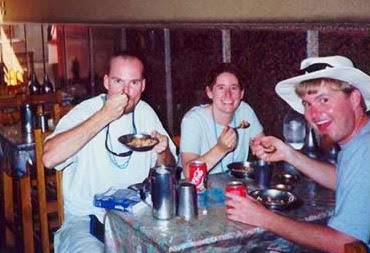The Egyptian cuisine is not very fancy; it is not as elaborate as French or Italian cuisine and not as heavy as some of the food in the Arabian Gulf, it also doesn’t rely on a massive amount of spices. It is very simple, and this simplicity is what makes it very tasty.
A lot of the food on the menu relies heavily on vegetables and legumes rather than meats, same as it has been for millennia, mainly because veggies are much cheaper than meat. However, you will find that a lot of items on the list below are very much of the meat variety, after all, a balanced diet of meat and vegetables does wonders for the body.
This list is not exhaustive, it might even be missing a thing or two, but it has the ones that are most easily accessible to everyone, whether they were tourists or residents.
Like the drinks and the desserts, the foods chosen can be found all over Egypt north to south, how heavy or different they are depends largely on which region you are in the country. Each region adds its own unique flavour or twist to the recipe.
........................................................................................................
Bon Appetite. :)))
1. Ful wa Ta’meya (Fava Beans and Falafel):
Ful mudammas and Ta’meya are the original Egyptian fast food; they are a staple of the Egyptian diet. The ful (pronounced: fool) is made of fava beans that are simmered all night in a massive round cauldron-looking pot called Qedra. The ta’meya, or Egyptian falafel is made out of crushed fava beans that is later mixed and made into a paste then fried, unlike Lebanese falafel that is made out of hummus. Perfect for vegetarians.
................................................................Left: Ful by Noema Pérez, Flickr. Right: Ta'meya - Falafel - by ~W~, Flickr.
2 - koshary
Rice, black lentils, spaghetti, round little pasta rings, whole hummus, caramelized onions, and thick tomato sauce. Now toss all the previous ingredients together in one big bowl, add some hot sauce and vinaigrette. Eat. That is pretty much what is in a kushari. Sounds mental but it’s delish!
koshary
3. Kabab wa kofta (Grilled meats):
Succulant grilled meat cubes and seekh kebab, typically made out of veal or lamb, they are usually served with bread (baladi) and an assortment of green salads and dips, mostly tahini, baba ghanoush, and tzatziki. They are grilled over charcoal and they are a must for any meat lover visiting Egypt.
Kofta and Kabab, by alanosaur, Flickr.
4. Sugoq wa Kibdah Iskandarani (Alexandrian Sausages and Liver):
Another treat for meat eaters, especially if they like their meat spicy; the sausages are cooked and left to simmer almost without end in a pan of very spicy chili tomato sauce, and the liver is cooked in its own spicy juices, served with Torshi. Should be immediately followed by a sandwich of halawa bel qeshta (sweet sesame paste with double cream) to balance the heat.
Three Sausages sandwiches: Alexandrian, Eastern, and Turkish, surved with Torshi (pickles).
5. Hawawshi (Egyptian meat pie):
Spiced ground beef cooked in a whole loaf of baladi bread, either in a rotisserie oven or baked in a regular oven.
Hawawshi and styrofoam.
6. Shawerma:
While shawerma is not originally a native Egyptian dish, it became so due to Egypt being part of the Ottoman Empire. That said, the best shawerma in Egypt will traditionally be available at Syrian owned sandwich parlours.
Shawerma, by Pius Lee, Daily Travel photos. www.dailytravelphotos.com
7. Fattah:
If you are familiar with Biryani, then this should be easy. It is the same concept: bread, meat, and rice layered one on top of the other with a vinegar and tomato sauce. The bread is, again, baladi bread, and the meat used is mostly beef, veal, or lamb.
Fattah by Enas Al Jamal, Flickr.
8. Sayadeya:
A seafood dish made with white fish, traditionally bass, bluefish, or mullet, cooked with rice and an onion/tomato sauce then baked in a tagine or similar earthenware. If going to Alexandria, Port Said, orSuez and you are a seafood lover then this is the dish for you.
Sayadeya by hashimture, Flickr.
9. Besarah:
Besarah has been known since Pharaonic times and the ancient Egyptians, this vegetarian dish is a celebration of herbs and spices. Made with parsley, dill, leek, crushed fava beans, onions, green bell pepper or hot chilli pepper, fresh green coriander, and spices (dry coriander, dry mulukhiyah, cumin, salt and pepper). When cooked it turns into a green, creamy paste-like dip. Best eaten with baladi bread.
Besarah with caramelized onions.
10. Baladi Bread:
Baladi bread is probably the one food item that Egyptians cannot do without, as a matter of fact, in the 70s the government moved to stop subsidizing the bread and the result were riots that spanned the country and Cairo almost got burned to the ground. The government reinstated the subsidy almost immediately. The bread is flat bread made of whole wheat and bran and traditionally baked in a wood burning oven, now in a gas burning oven. When fresh out of the oven, it is so tasty that it can be eaten whole on its own, and with other foods, it gives them a whole new dimension.
The indispensable Baladi bread.














